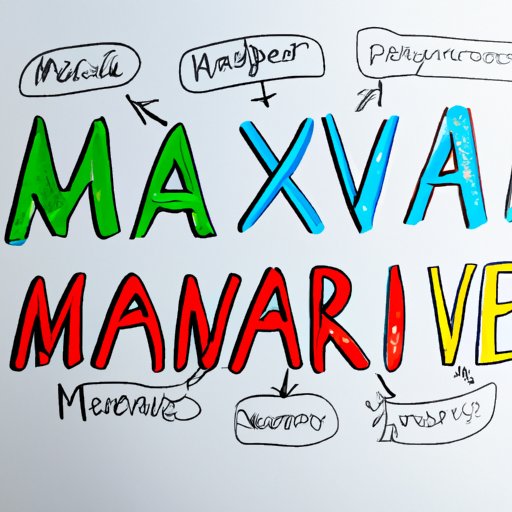
Understanding the Money Multiplier: A Guide to Modern Money Creation
In today’s modern economy, the concept of money creation is complex and multifaceted. One important aspect of this process is the money multiplier, which plays a critical role in the supply of money and credit in the economy.
Understanding the Basics of the Money Multiplier – A Beginner’s Guide
When we think of money creation, we often think of the printing presses at the Federal Reserve or the Treasury Department. However, this is just one part of the story. Money is also created by the banking system through a process called fractional reserve banking, which is where banks only keep a fraction of deposits on hand and lend out the rest.
This is where the money multiplier comes into play. The money multiplier is a concept that helps us understand how much total money can be created through this fractional reserve process. Essentially, it represents the amount of money the banking system can create for every dollar of reserves they hold.
For example, if a bank has $1,000 in reserves and the reserve requirement is 10%, they can lend out up to $9,000 in new loans. This is because they only need to keep $100 in reserves (10% of $1,000) and can lend out the remaining $900. This $900 is then deposited in another bank, where it too can be used in the fractional reserve process, creating even more money.
The equation for calculating the money multiplier is:
Money Multiplier = 1 / Reserve Requirement
The Importance of the Money Multiplier in the Modern Economy
The money multiplier is important because it has a direct impact on the supply of money and credit in the economy. When banks have more reserves, they can create more loans, which increases the money supply and can stimulate economic growth. Conversely, if the reserve requirement is increased, banks have less money to lend out, which can slow down the economy.
Real-world examples of changes in reserve requirements affecting the supply of money include the Great Depression, where the Federal Reserve increased reserve requirements, leading to a decrease in the money multiplier and a contraction in the economy. In contrast, during the 2008 financial crisis, the Federal Reserve lowered reserve requirements, which increased the money supply and helped stabilize the economy.
Debunking Common Misconceptions about the Money Multiplier
There are some common myths and misunderstandings about the money multiplier that are worth addressing. One such myth is that the Federal Reserve can directly control the money supply by changing reserve requirements. In reality, the money multiplier is just an estimate, and the Federal Reserve has other tools, such as open market operations and the discount rate, to influence the money supply.
Another myth is that banks can create an unlimited amount of money. While they can create new money through the fractional reserve process, this process is limited by the reserve requirement and the demand for loans. Banks must also adhere to regulations and guidelines set by regulatory bodies like the Federal Reserve.
The Money Multiplier in Action: How Monetary Policy Affects the Economy
Central banks like the Federal Reserve use the money multiplier to implement monetary policy and influence the economy. For example, when the economy is in recession, the Federal Reserve may lower interest rates and buy government bonds through open market operations. This increases the money supply and lowers the cost of borrowing, which can stimulate lending and spending, leading to economic growth.
On the other hand, if inflation is high, the Federal Reserve may increase interest rates to cool down the economy and prevent overheating. This decreases the money supply and raises the cost of borrowing, making it harder for consumers and businesses to access credit.
The Future of the Money Multiplier: How Technology is Changing the Game
The rise of financial technology, or fintech, has led to new innovations in payment systems and digital currencies that could change the way we think about the money multiplier. For example, cryptocurrencies like Bitcoin are decentralized and not subject to traditional banking regulations, which could impact the ability of central banks to control the money supply.
At the same time, digital payment systems like Venmo and PayPal are becoming more popular, allowing consumers to send and receive money without using traditional banking systems. These changes have the potential to disrupt traditional notions of money creation and the money multiplier.

Maximizing Your Investments with a Solid Understanding of the Money Multiplier
Understanding the money multiplier can also help individuals make smarter financial decisions and maximize their returns. For example, by understanding how central bank policies impact interest rates and inflation, investors can make informed decisions about when to invest in stocks, bonds, and other assets.
Conclusion
In conclusion, the money multiplier plays an important role in modern money creation and has a direct impact on the supply of money and credit in the economy. It’s important to understand the basics of the money multiplier and how it’s used in monetary policy, as well as to debunk common myths and explore new innovations in fintech and digital currencies.
By understanding the money multiplier, individuals can make smarter financial decisions and maximize their investments.




